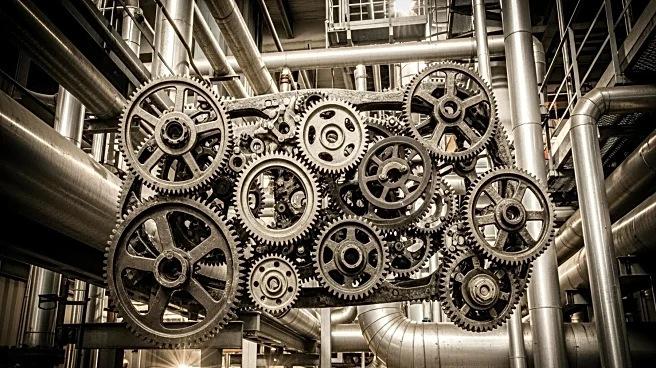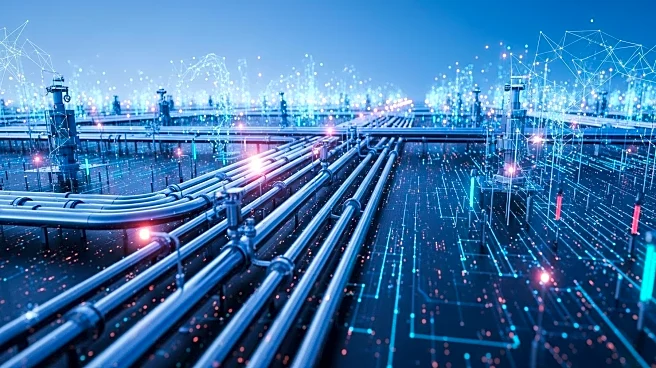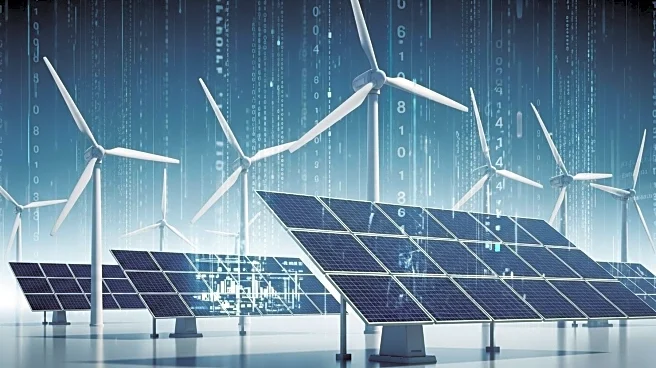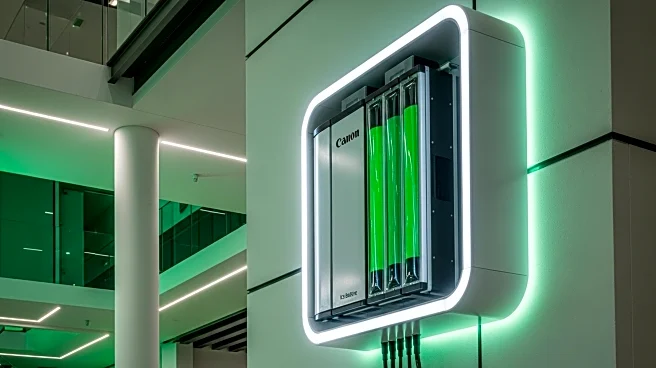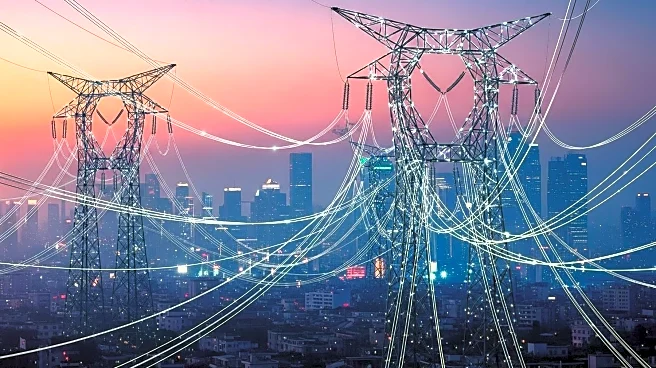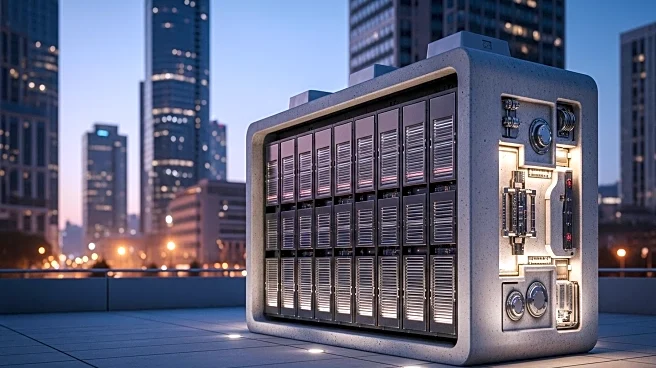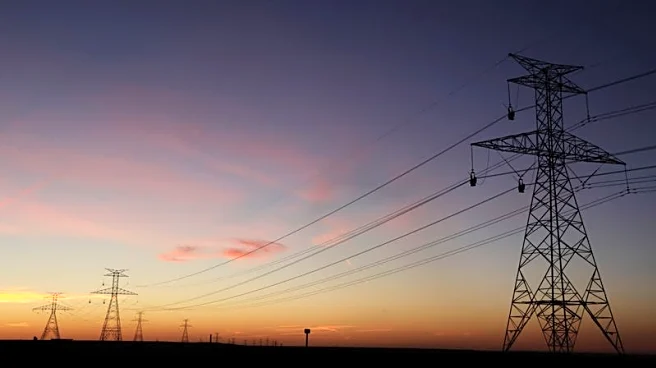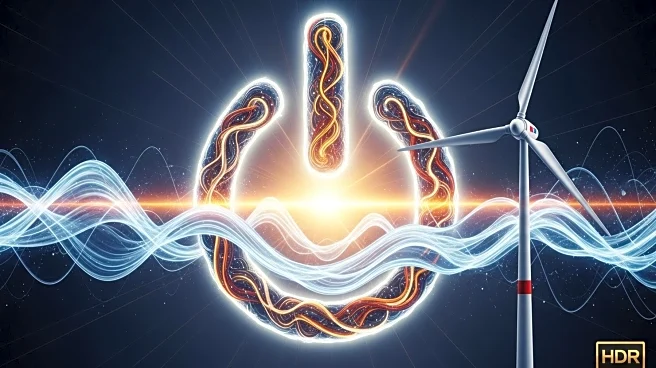What is the story about?
What's Happening?
A recent report by Prologis, a San Francisco-based industrial real estate company, reveals that nearly 89% of global executives experienced energy-related disruptions in the past year. The report emphasizes that power reliability is expected to drive the next major supply chain crisis. With the increasing use of artificial intelligence (AI), power demands are projected to rise significantly, with three-quarters of executives anticipating a 10-50% increase in power requirements over the next five years. The U.S. Department of Energy has warned that power outages could increase by 100 times by 2030 if suppliers do not expand capacity during peak demand periods. The report also highlights that only 27% of organizations have advanced power resilience capabilities, leaving many unprepared for extended power losses.
Why It's Important?
The findings underscore the critical role of energy reliability in maintaining supply chain stability. As AI adoption grows, the energy consumption of data centers is expected to triple by 2028, further straining power resources. This situation presents a significant challenge for businesses, as energy disruptions can lead to operational halts and financial losses. Companies that can enhance their energy resilience are likely to gain a competitive edge. The report also indicates a shift in supply chain strategies, with 77% of executives planning to build regional, self-sufficient networks to mitigate energy risks. This shift could lead to changes in facility locations, prioritizing energy reliability over traditional factors like labor costs.
What's Next?
Businesses are likely to invest in improving their energy resilience to avoid disruptions. This may involve adopting renewable energy sources, enhancing energy storage capabilities, and developing more robust infrastructure. Additionally, companies might reconsider their supply chain geographies, opting for locations with more reliable energy supplies. Policymakers and energy providers may also need to address the growing demand for power and the potential for increased outages, possibly leading to regulatory changes or incentives for energy infrastructure development.
AI Generated Content
Do you find this article useful?
